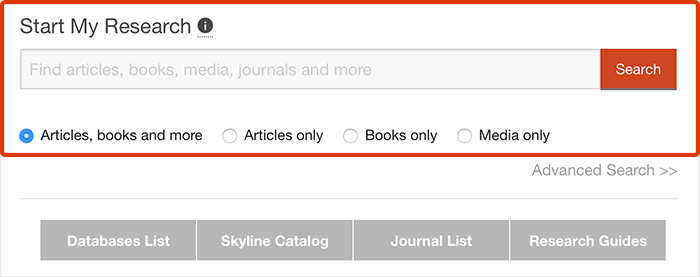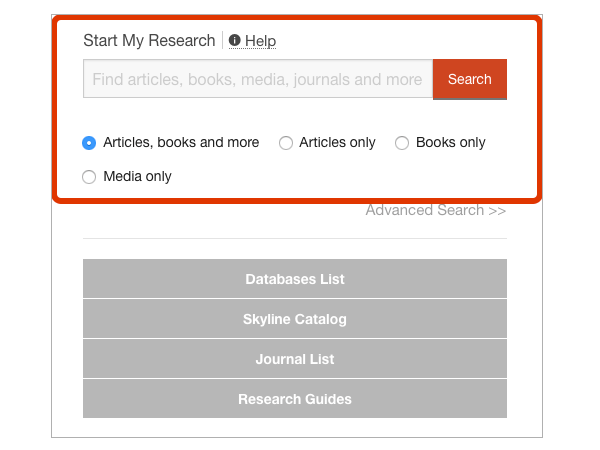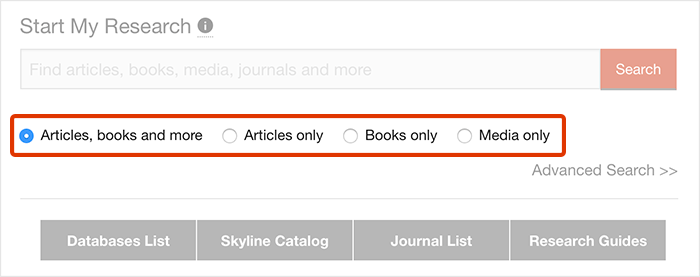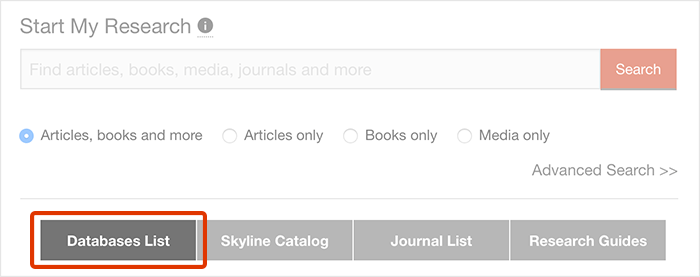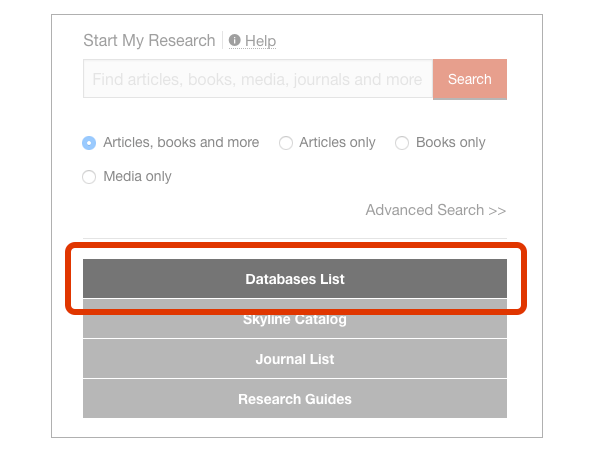Collection Development and Strategies Department
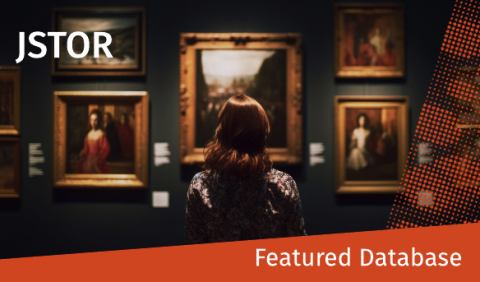
JSTOR
You can use databases to easily find organized collections of articles, journals, news, streaming videos, primary sources, data, and more!
Here’s one of our most unique databases:
What’s in it?
JSTOR offers journal articles, books, reviews, reports, and images, all in one place. Searching for images is done via check boxes and/or adding searching terms, with options to narrow your search by discipline, collection, or format, such as photographs, paintings, and graphic design.
Why should you use it?
Digitized art is accessible, thanks to Auraria’s subscription. Converting physical art to digital formats requires careful preservation, and so JSTOR strives to make digital content that can be searched, used, and converted as technology changes. JSTOR acquired Artstor in Spring 2024, with Artstor retiring August 1, 2024.
Who should use it?
Academics, art students, art historians, and anyone who appreciates art can use JSTOR. Students seeking primary sources, images, journal articles, and other primary sources can find these materials all in one place. Photos, for example, provide context for current and historical happenings.
Why use a database?
When you use a specific database, rather than a search engine or discovery tool, you often can find more relevant sources. For example, subject databases include sources about that subject only, rather than a general search engine or discovery tool that includes information about everything. This way you don’t have to wade through thousands of irrelevant results!
Want more databases?
Browse or search our Databases List!
If you have questions about this database or others, please see our Ask Us page.



